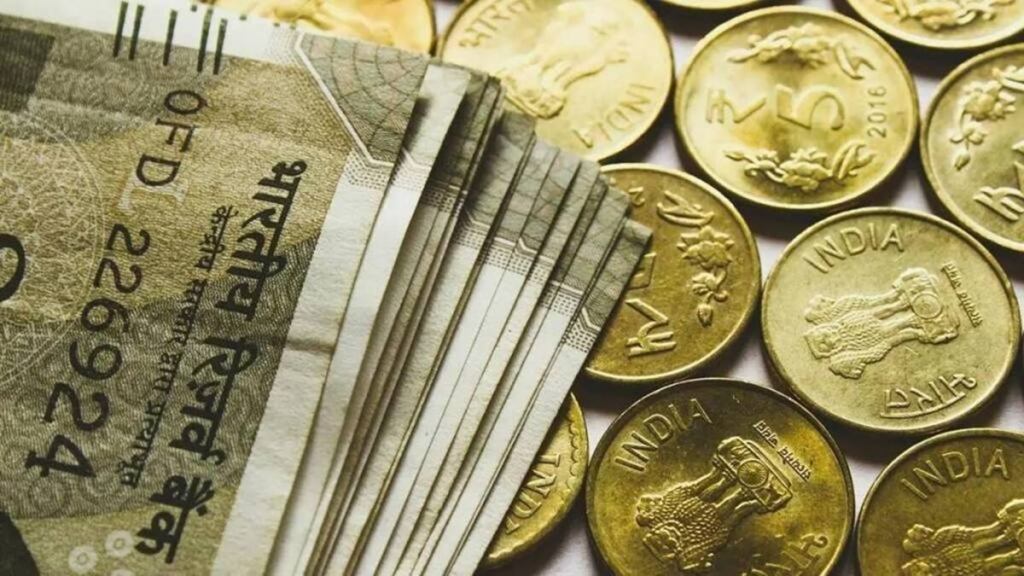External affairs minister S Jaishankar‘s optimism over greater trade between Tanzania and India in their local currencies shows that the government’s interest in internationalising the rupee hasn’t dampened even though efforts in that direction have yielded very little gains so far. Last year, the Reserve Bank of India (RBI) allowed over a dozen banks to settle trade with 18 different nations in rupees. Yet, except for Sri Lanka and Bangladesh—both of which were looking for lifelines like these because of their troubles—there is hardly any movement. Even Russia, whose trade with India has boomed over the last one year because the latter significantly hiked its crude purchase from the former, is more keen on being paid in the yuan or the dirham. This is because it has billions stranded in rupee assets, since its imports from India haven’t really grown.
The problems notwithstanding, the benefits of internationalising the rupee are obvious. Apart from lowering business costs and currency risks for India’s international trade, wider acceptance of the rupee would mean India doesn’t have to maintain large forex war-chests and can reduce its dependence on the dollar. The Western sanctions on Russia following its war on Ukraine and the weaponisation of the global financial system that is largely dollar-driven has underscored the imperative to move away from the American currency to an extent at least.
To that end, the recent report of an inter-departmental group of the RBI should help the country make more concerted efforts to boost acceptance of its currency. The report’s prescription of short-, medium-, and long-term measures to increase the rupee’s sheen internationally are urgently needed. From pushing the currency in trade deals for invoicing and settlements through a standardised approach to negotiating its inclusion as an additional settlement currency in multilateral systems such as Asian Clearing Union, and from harmonising its tax regime with those of other financial centres to working on the rupee’s inclusion in the IMF’s Special Drawing Rights (SDR) basket, the report recommends many moves that can make the rupee a contender internationally, if not a challenger to the dollar’s dominance.
Even as it works on these recommendations, there is no substitute to the global heft of a country through trade and the sophistication of its financial system when it comes to internationalising its currency. Indeed, given China’s dominance of global trade—even in a weakened state—the RBI experts believe the renminbi is an obvious challenger to the dollar’s dominance (even though China’s efforts on this front are yet to bear fruit).
Many see full convertibility of the rupee as the chief determinant of the success of India’s efforts to deepen and broaden its trade and enthuse other nations about accepting the rupee. But the fact is that India can get to full convertibility only progressively. Indeed, the RBI group endorses such an approach—it says internationalisation of the currency is a “continuous process involving progressive capital account convertibility, wherein the domestic currency increasingly acquires the character of a de facto freely convertible currency”. In such a scenario, India must gradually build acceptance of its currency through trade partners in the Global South, who would be more open to accepting the rupee—and it must begin with its neighbourhood. Steps must be taken to assuage neighbours’ concerns. To illustrate, demonetisation shook confidence in the rupee, especially in Bhutan and Nepal, and both countries continue to fear additional sudden policy changes.


